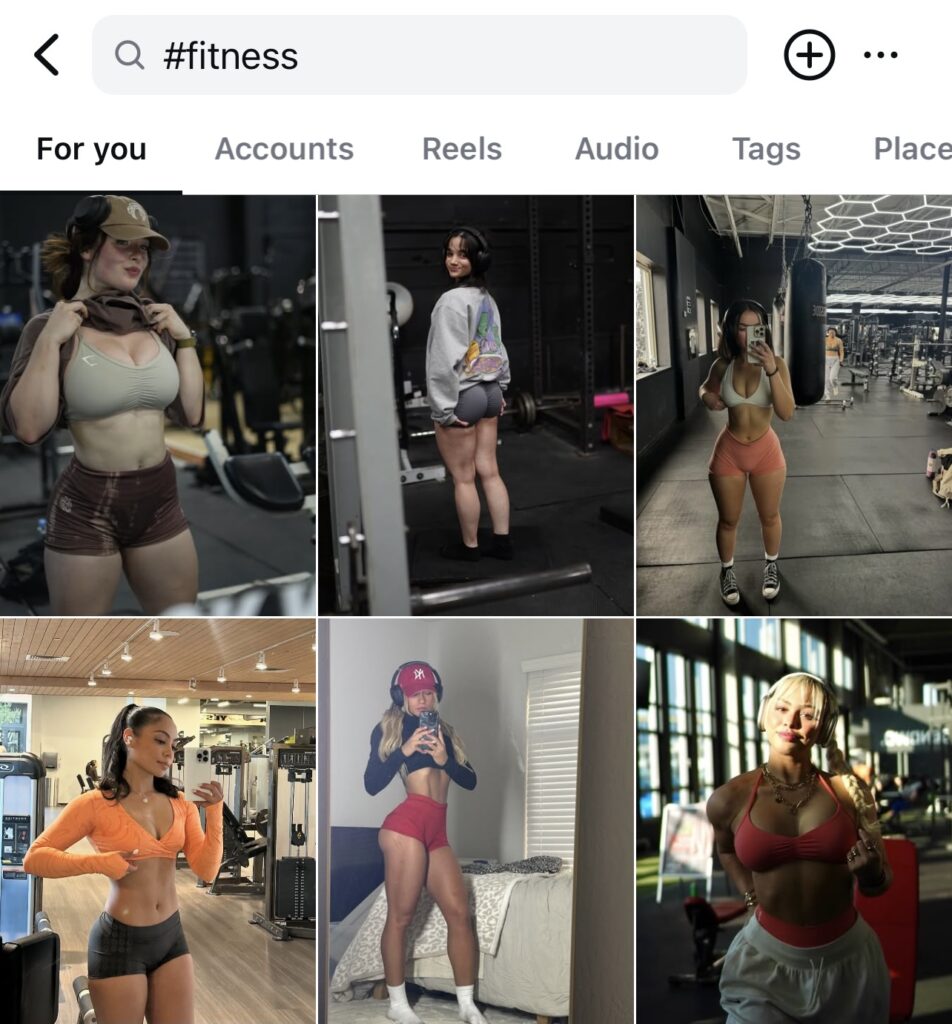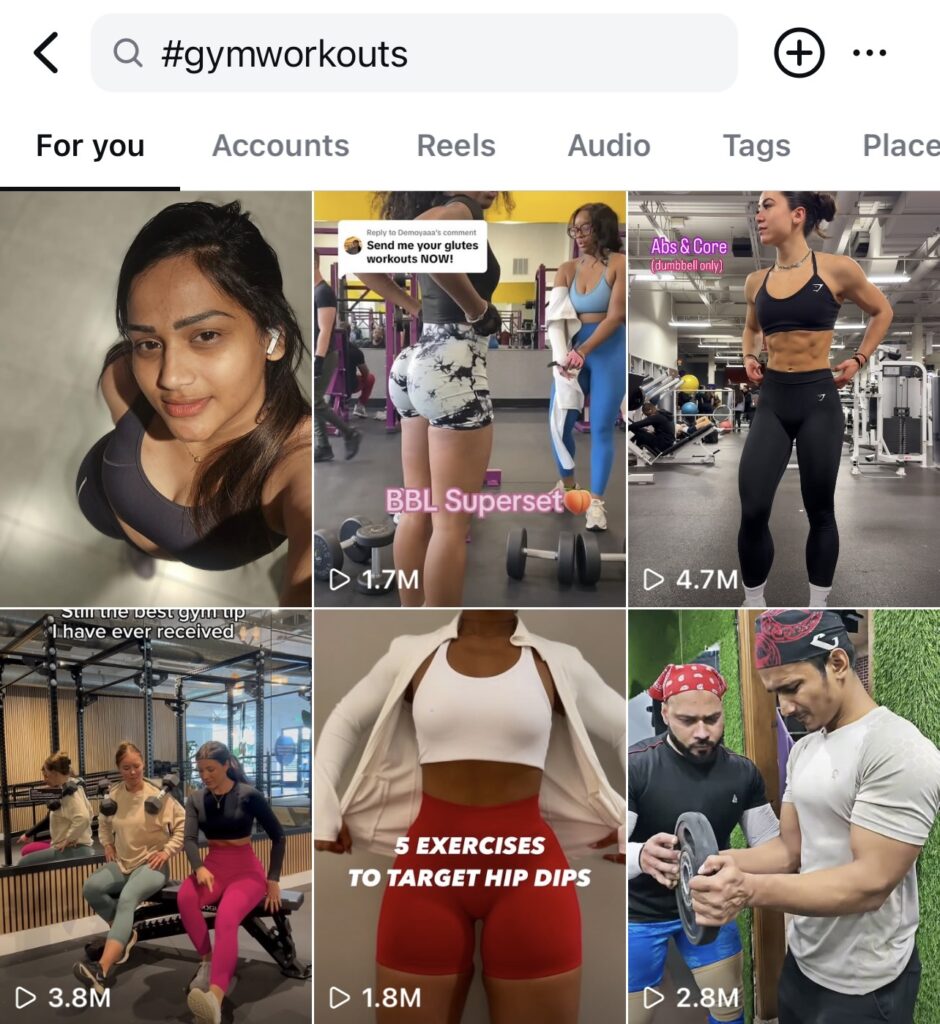Dress codes- the word that often makes people cringe. I get it. When I transferred to a private high school, I was frustrated by the idea of a uniform limiting my expression. But surprisingly, as I adapted to the dress code, I noticed positive changes. Wearing uniforms shifted the focus away from who was wearing what and the pressure of meeting society’s standards, and instead, allowed people to focus more on individuality and building a stronger sense of confidence.
This brings me to the central issue at hand: should gyms have dress codes? More specifically, should the Student Life Center at SUNY Cortland implement a dress code or modesty standard for patrons? Before diving into that, let me set the stage for anyone reading this.
According to Samford University, “The total number of U.S. gym participants per year has increased from 24.1 million in 2000 to 35.9 million in recent years, and this number continues to rise.” This surge in gym attendance is largely due to the influence of social media.
Fitfluencers are now a common presence, and while it’s great to see more people in the gym, many are showing up for the wrong reasons. Social media has shifted the focus, changing why we go and what we prioritize while we’re there.
What started as a positive movement, where trainers and passionate gym-goers used social media to help people feel more comfortable in the gym, has become much more complicated.
Informative and motivating content no longer grabs the same attention. Instead, the posts that generate the largest followings often feature predominantly female fitness models posing in revealing clothing. Don’t believe me? I created a brand new Instagram account, one with no prior history or tailored content, and ran a few searches.
The searches:
#gym

#fitness

#gymworkouts

A troubling trend has become clear: any gym-related search I conduct will pull up content of a sexual nature, particularly targeting women. This shift underscores how the gym, a space originally meant for fitness and personal growth, has increasingly been sexualized, redirecting the focus from health and well-being to vanity.
Gymwear has become increasingly revealing, and as a woman who has felt the pressure to keep up with the latest trends, I’m here to say enough is enough. I don’t believe this culture of “confidence” is truly empowering. Sex sells, and most advertisers take advantage of this, which is why we’ve seen a surge of gym wear brands exploiting social media’s influence.
Gymshark’s products, such as their “Butt Lifting & Scrunch Butt Shorts” and “Peek-A-Boo Sports Bra,” illustrate the growing overlap between functional fitness wear and highly sexualized clothing. The term “Peek-A-Boo,” which was originally associated with lingerie, highlights this shift. This trend isn’t limited to women’s apparel either, men’s shorts are also becoming shorter, with many choosing shorter inseams and revealing cutoffs are growing in popularity.
In today’s gym culture, many individuals are not just focused on their personal fitness goals but are also striving to become “fitfluencers.” I believe that if there were a clear standard of modesty and appropriateness, the gym could be a much more inclusive and welcoming space for everyone. I’ve lost track of how many times I’ve been at the Student Life Center, simply trying to grab a set of dumbbells, only to be met with frustration or annoyance for unintentionally interrupting someone’s mirror selfie session.
I asked several of my peers about their thoughts on implementing a dress code or modesty standard in the Student Life Center and Emmy Demperio (Senior), had a particularly good view, explaining, “I believe everyone should have the freedom to wear whatever makes them feel comfortable while working out, as it’s a personal choice and a matter of body autonomy. However, I do feel there is a line when it comes to nudity or something close to it, and that might not be appropriate in certain contexts. It’s important to strike a balance between personal freedom and respect for the environment or others around us.”
Unfortunately, I believe the line has become so blurred that many individuals struggle to recognize these boundaries of appropriateness. Until people can personally navigate that line, I think gyms should implement a modesty standard that fosters a comfortable and respectful environment for everyone.
Many universities and colleges have dress codes for their fitness centers, for example SUNY Oswego’s:
Proper athletic attire must be worn while using the fitness centers.
- Sneakers, socks, athletic pants/shorts, and t-shirts are considered appropriate attire.
- Shirts should cover full chest, back and lower torso area (no sport bras only).
- Jeans are not permitted. Jeans often have studs, rivets and zippers which may tear the fabric on the benches.
- Bare feet, socks only or sandals are NOT permitted (except during certain group exercise classes).
- During winter months and rainy days, please bring a dry pair of shoes. The facility attendant on duty may deny access to Fitness Center if you do not have a dry pair of shoes.
Dress codes are particularly relevant on college campuses, where parents frequently come across these inappropriate outfits on campus tours with their high school-aged children. If you wouldn’t feel comfortable wearing something in front of your parents, it’s worth considering whether it’s appropriate to wear in front of someone else’s. Modesty in public spaces should still be valued, yet it seems that, in recent years, this standard has increasingly eroded.